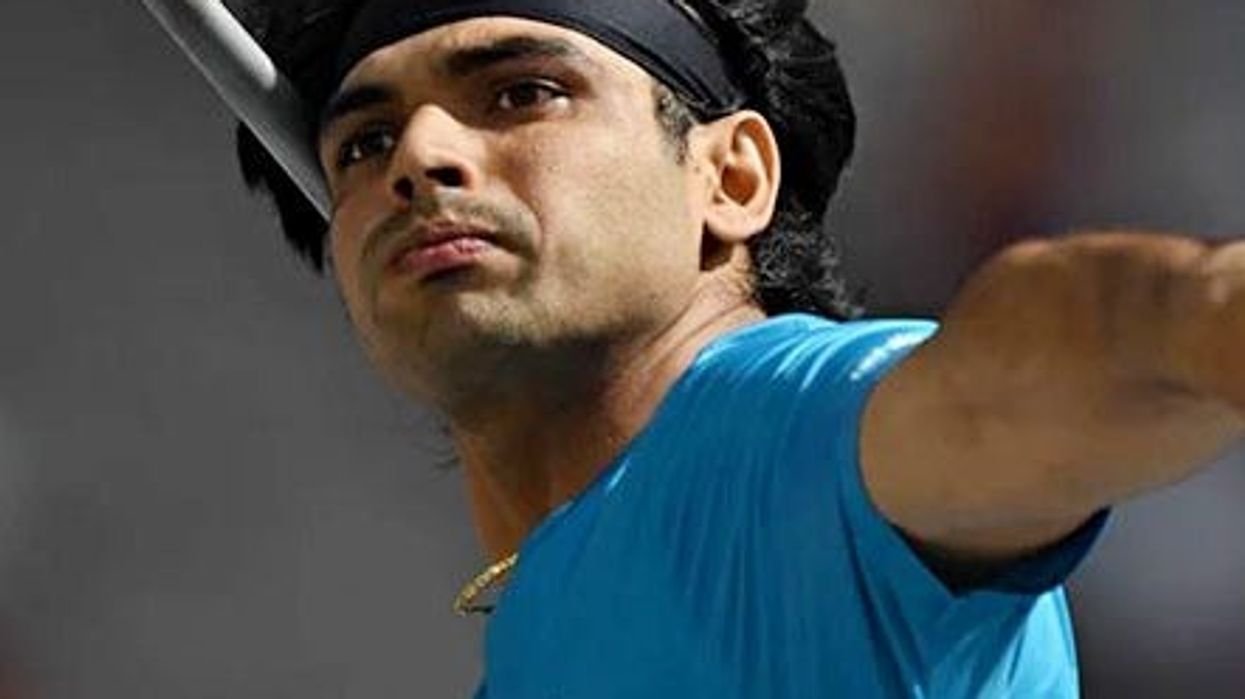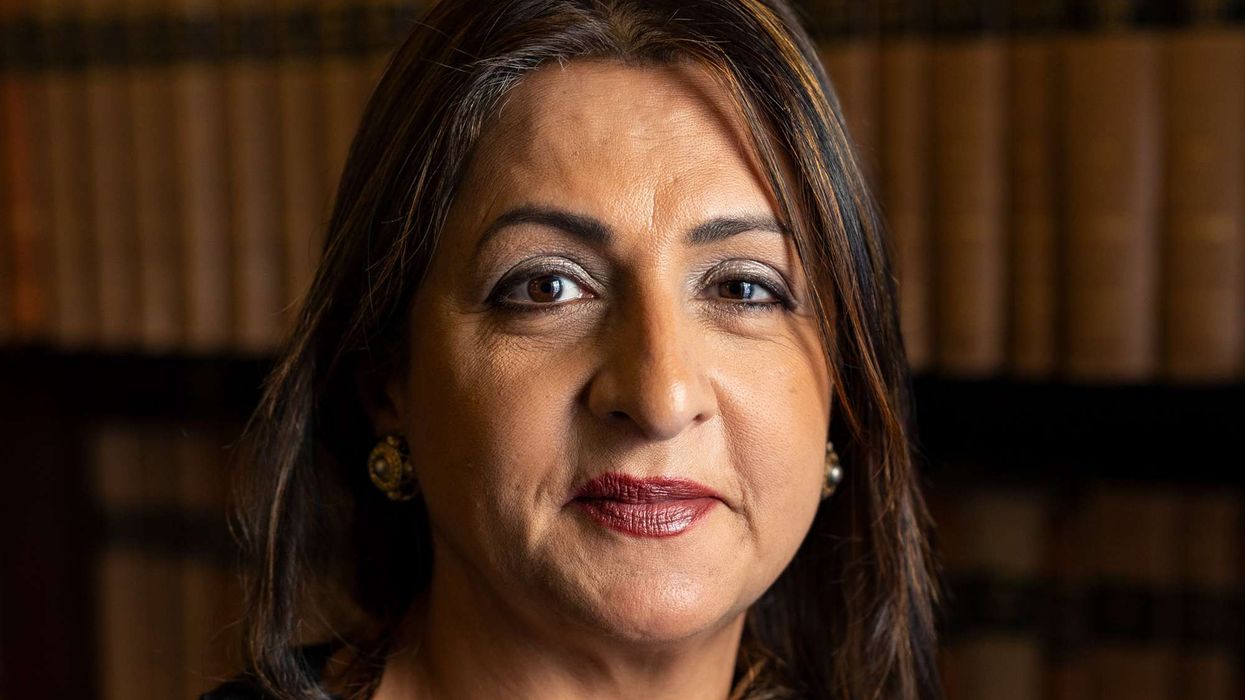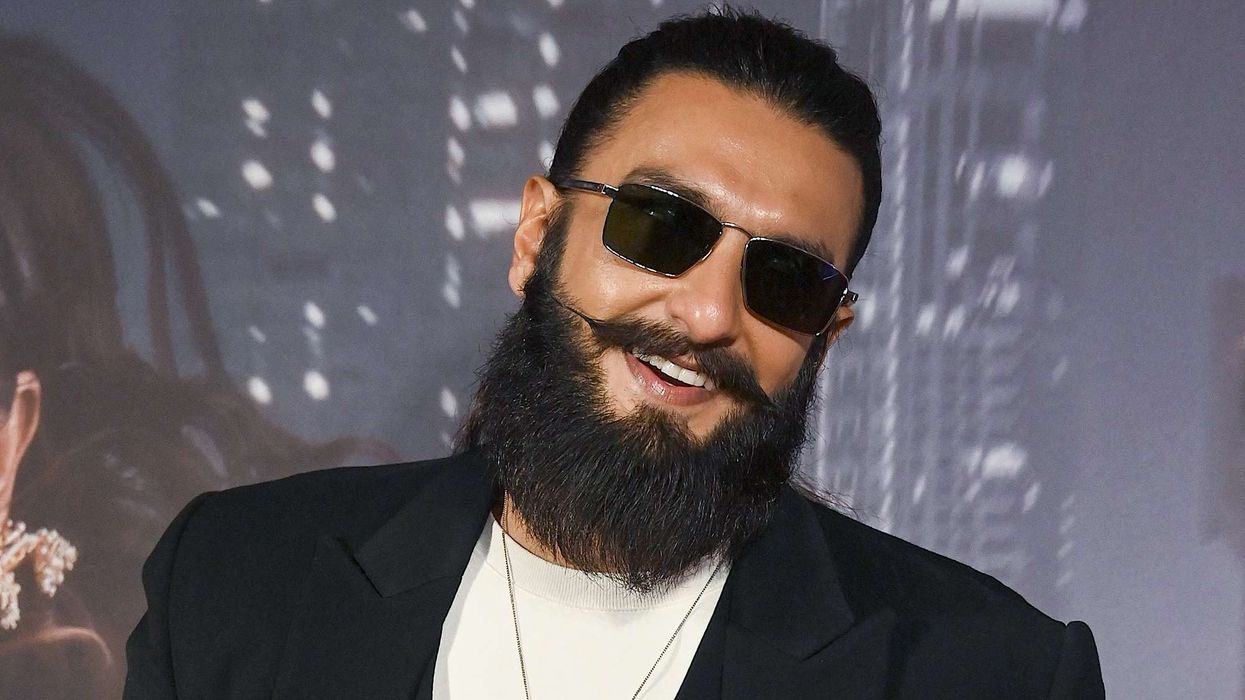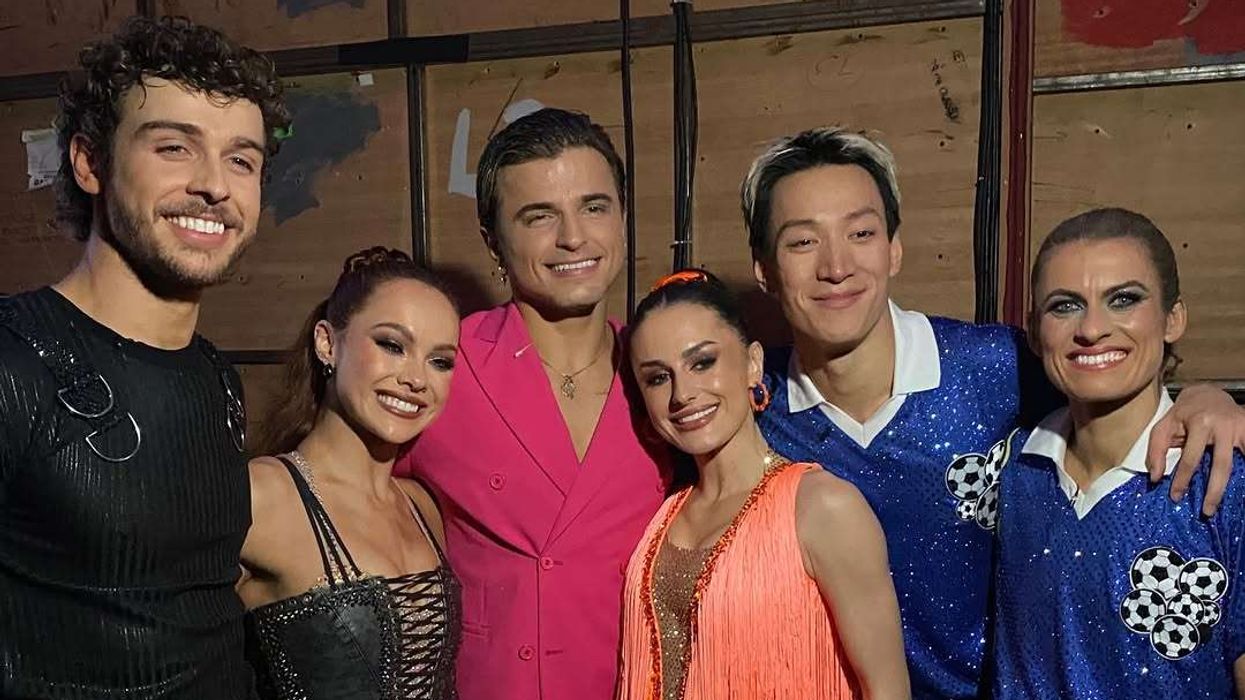OLYMPIC champion Neeraj Chopra needed just one big throw to qualify for the World Championships men's javelin throw final as well 2024 Paris Games by notching up his fourth career-best performance of 88.77 metres Budapest on Friday (25).
The 2024 Paris Olympics qualifying mark is 85.50m. The qualifying window began on July 1.
The 25-year-old Chopra's qualifying round lasted just a few minutes as he sent the spear to his season's best distance in his first attempt. He topped Group A qualification round.
With the automatic final qualification mark set for 83m, Chopra, who has a personal best of 89.94m, packed up and left the competition arena without taking any further throw.
Competing in the same group with Chopra, DP Manu finished third with a best throw of 81.31m which he produced in his second attempt. He will have to wait for the Group B qualification round to find out whether he makes the cut for the final to be held on Sunday (27).
Another Indian, Kishore Jena will compete in Group B.
Those who throw 83m or the top-12 best performers from both Group A and B qualify for the final.
A competitor gets three attempts in the qualifying round.
Germany's Julian Weber was second with a best throw of 82.39m.
Defending champion Anderson Peters of Grenada, who has been struggling for form this season, finished seventh with a best throw of 78.49m.
Kenya's 2015 World Championships gold medallist Julius Yego was eighth with 78.42m.
Chopra's World Championships qualifying round campaign on Friday is reminiscent of his performance during the same stage of competition in the Tokyo Olympics in 2021.
On that occasion also, he had needed just one throw of 86.65m to qualify for the final. The automatic qualifying mark was 83.50m at that time.
He later went on to win gold medal in the final with a throw of 87.58m to script history.
(PTI)
Neeraj Chopra qualifies for Paris Olympics
He enters World Championships final with 88.77m throw in Budapest













